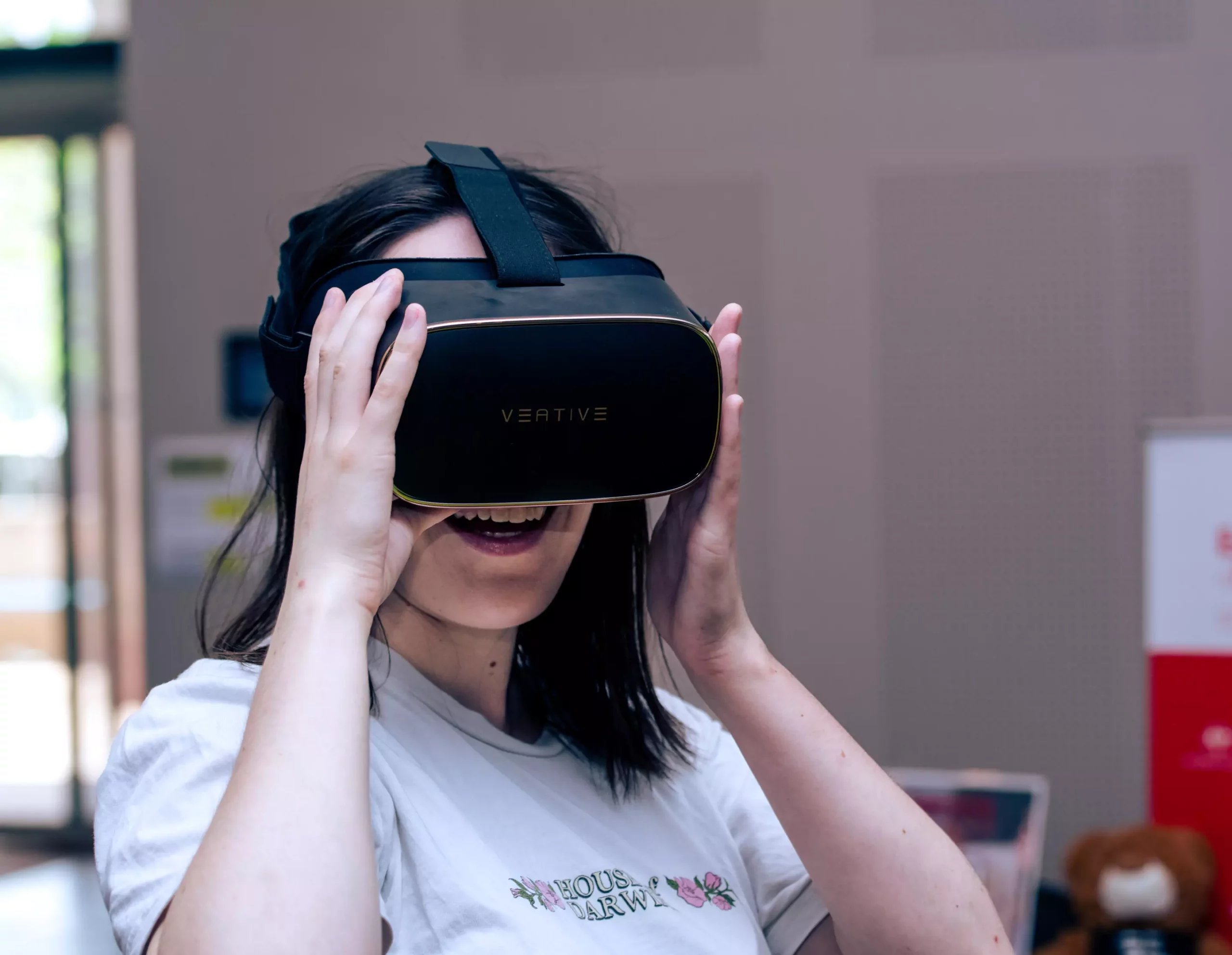A new study conducted by Charles Darwin University (CDU) and Torrens University researchers has found that Artificial Intelligence (AI) techniques and machine learning algorithms could be used to predict cybersickness, a condition that causes nausea, headaches, and dizziness among virtual reality (VR) users. The study aimed to make VR technology more accessible by finding solutions to prevent cybersickness, which is a significant factor hindering the use of VR devices.
The Study
Associate Professor Niusha Shafiabady, Fawad Zaidi, and Emeritus Professor Justin Beilby from CDU conducted the study by processing questionnaire data from two groups of people. The first group consisted of people who experienced cybersickness symptoms within minutes of using VR devices, while the second group consisted of those who had no issues with using VR devices. The data was processed through Ai-Labz, created by Associate Professor Shafiabady, which revealed that AI could predict discomfort among VR users with 93% accuracy.
Associate Professor Shafiabady said that predicting and preventing cybersickness was crucial with the growing use and need of VR technology. She stated that most people feel discomfort after having a VR experience, and having the ability to predict the occurrence of cybersickness for an individual could help VR developers and manufacturers come up with solutions and take preemptive actions to create a better experience for VR users and address the issues causing it.
Moreover, she noted that cybersickness was one of the factors that hindered users from using VR devices due to the great discomfort caused by the VR experience. She added that the need for remote access and virtual education had grown significantly, especially after the COVID-19 pandemic. Thus, it was essential to find ways to make VR technology more accessible to the users.
The next step, according to Associate Professor Shafiabady, could be to use eXplainable AI algorithms to explore why the AI algorithms made its predictions. This way, developers and manufacturers could find reasons why users would experience discomfort while using VR devices.
She further added that we were moving towards an era where VR devices would become essential for activities such as servicing manufacturers remotely and teaching, and less essential but more fun activities like looking into outer space through VR lenses. Therefore, it was crucial to make VR technology more accessible to users without having to suffer from the discomfort caused by cybersickness.
Conclusion
The study conducted by CDU and Torrens University researchers indicates that AI techniques and machine learning algorithms could be used to predict cybersickness among VR users with 93% accuracy. This finding is crucial for VR developers and manufacturers who can use this information to create better experiences for users and find solutions to address the issues causing cybersickness. As we move towards an era where VR devices will become essential for various activities, it is essential to make them more accessible to users without having to suffer from the discomfort caused by cybersickness.



Leave a Reply